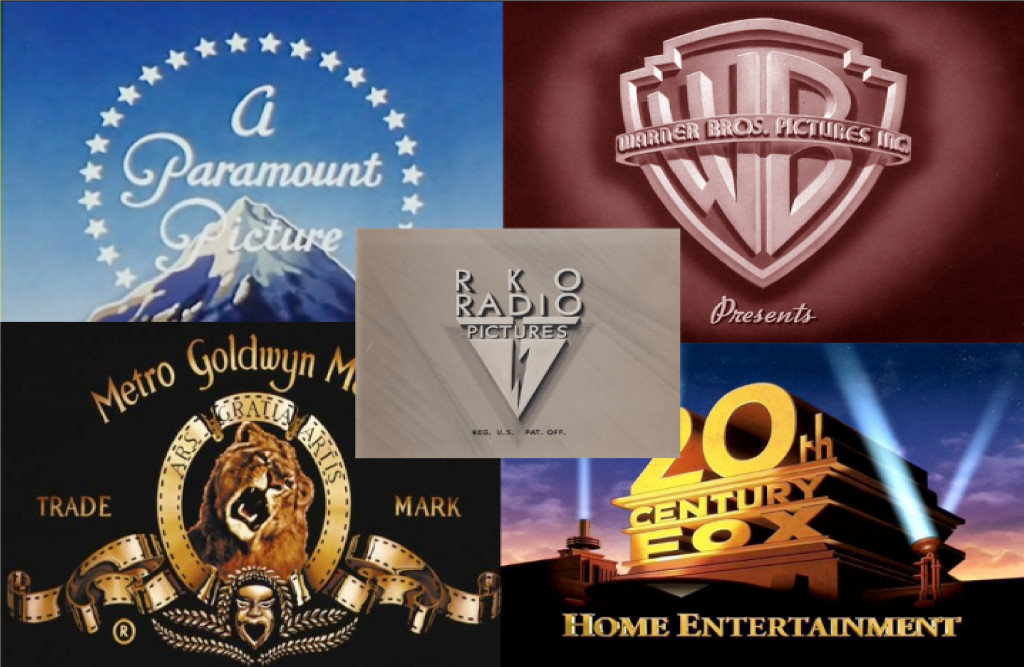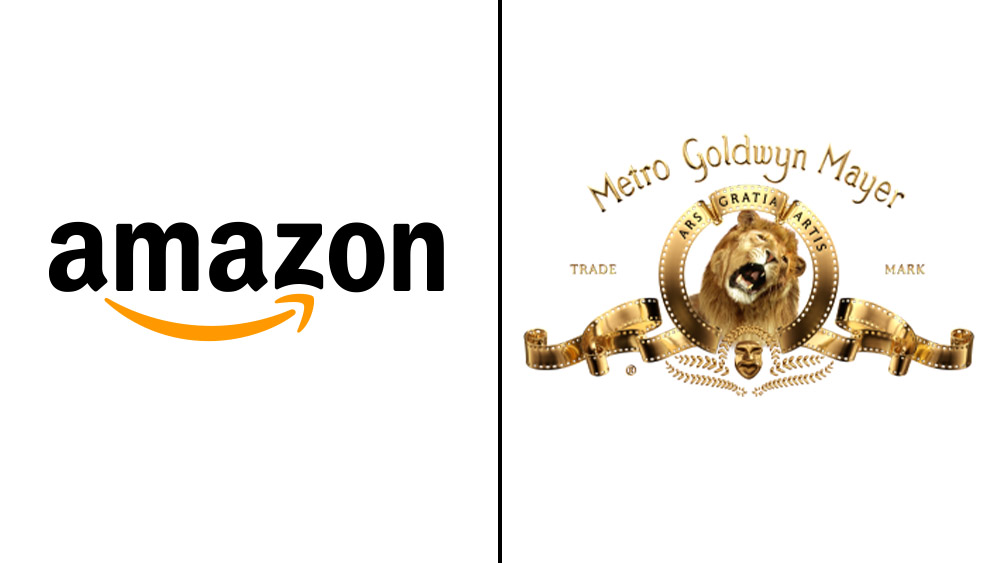The Hollywood film industry has changed a lot across the decades. Many of the titanic studios of yesteryear have either practically disappeared, been taken over by other companies, or have had to evolve to keep up with the advancements and competition posed by the internet age. But why did this happen?
Let’s take a trip through history and the current media landscape and see if we can begin to understand what led to the decline of the old studios and the rise of the streaming giants.
Where They Are Now?
In Hollywood’s Golden Age (between the 1920s and 1960s) there were eight studios that made up the biggest movie production houses: MGM, Paramount Pictures, Warner Bros, 20th Century Fox, RKO Pictures, United Artists, Columbia Pictures, and Universal Pictures. These companies were responsible for producing some of the greatest films, both of the golden age and of all time. However, after the golden age, these studios had many varying fates.
RKO Pictures was largely folded by the late 1950s. The company was later revived, but it had little success. Its most recent film was 2015’s Barely Lethal. Along with this the other iconic studios are now all owned by other companies. Sony bought Columbia Pictures in 1989; ViacomCBS has owned Paramount since 1994; Comcast owns Universal; Disney purchased 20th Century Fox in 2019 and rebranded it as 20th Century Studios; AT&T controls Warner Bros; MGM acquired United Artists in 1981. And despite facing bankruptcy in 2010 MGM survived and is currently being purchased by Amazon.
Several things have contributed to the current Hollywood landscape. For example, the loss of studio control over cinemas and the prevalence of television were major factors in ending the golden age. This left many studios floundering financially and needing to be saved through buyouts. Many of these production houses have managed to recover thanks to buyouts, cinema box office, and distribution deals. But a new market is providing huge competition for them.

The Streaming Wars
Movie streaming platforms have emerged as a huge market force in the past decade. This is because streaming and VoD services offer more flexibility for viewers, allowing them to view a wide range of movies from home for reasonable prices. Which has led to a huge audience frequenting these services.
And with the Covid-19 pandemic forcing cinemas to close, over the last year streaming sites were able to rob big Hollywood studios of their control of the market. Allowing these platforms to effectively become the new Hollywood studios, bringing out big new movies weekly (both original and distributed on behalf of other companies) that captured attention.
The most prominent players in the western world of streaming are Netflix, which has 208 million subscribers worldwide and earned around $25 billion in 2020, Amazon Prime, which has 200 million worldwide subscribers, and Disney+ with over 100 million subscribers. All these companies provide wide catalogues of films and TV shows, new and old, while also having their own brands of original content. However, the way these companies acquire said content is very different.
Netflix and Amazon Prime get their originals through producing and acquiring the distribution rights to various projects. Disney+ similarly produces and has distribution rights for many IP’s. But they also have their own film production studios. Meaning Disney is fully capable of making their own original content to put on their streaming sites. Thus ensuring they keep 100% of the revenue, which makes Disney+ much more like a traditional film studio. This makes it a huge threat to other film companies because of its ability to pivot effortlessly between streaming and cinematic distribution for its movies.
Those that Survived
Streaming has transformed Hollywood and movie production/distribution over the last few years. And even with cinemas reopening big studios will need to take steps to mitigate the financial damage done by the pandemic. This means that studios are now, more than ever, having to consider pivoting to streaming to recoup their losses.
Comcast entered the streaming wars last year with Peacock, made to showcase films from Universal. ViacomCBS also replaced their streaming network, CBS All Access, with Paramount+. But other studios are going to larger lengths to win over audiences.
Through its $8.45 billion purchase of MGM, Amazon hopes to boost the content it can offer. In addition, some also speculate that Amazon will use MGM to produce content for Prime, rather than letting it remain a standalone entity. Similar to what Disney is doing with its studios. And recently AT&T announced that it will merge Warner Media and Discovery into its own streaming platform. This will put the back catalogue of Warner Bros, CNN, Turner, and Discovery (as well as the streaming services HBO Max and Discovery+) into one place. These moves have the potential to really shake up the market.

But while this influx of new streaming platforms from movie studios and the move towards studios making content for streaming may be financially beneficial and offer consumers more content, it also shows that streaming services are slowly moving towards offering content produced exclusively by them and their affiliates. Thus customers may soon have to subscribe to various sites to get everything they want. Rather than having a diverse range of material on various sites.
What do you guys think of the effect the streaming wars is having on the American film industry?
Also Read: The History of Paramount Pictures












